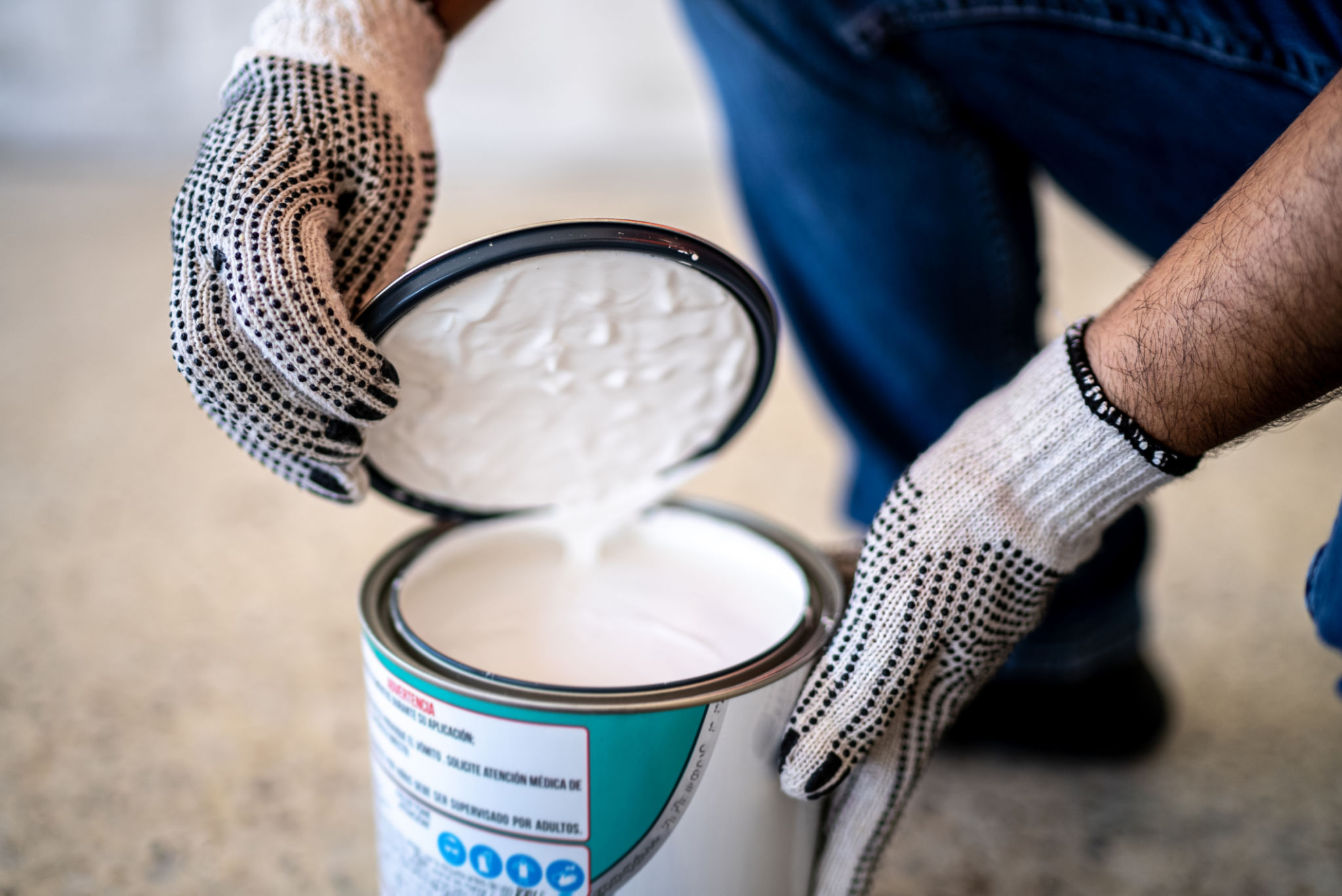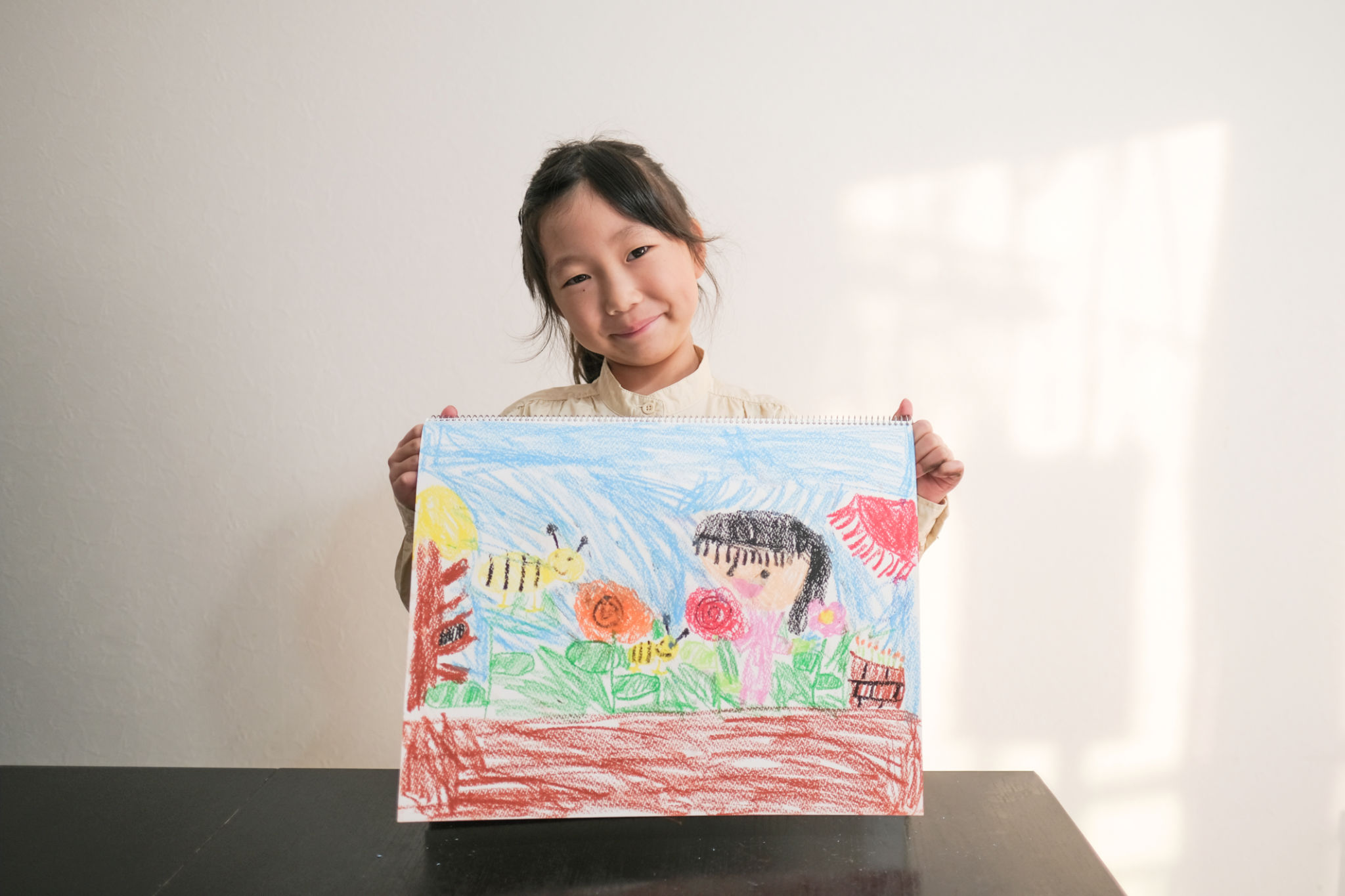Seasonal Home Maintenance: Painting Tips for Winter in Breckenridge
Understanding Winter Painting Challenges
Painting your home during the winter in Breckenridge comes with its own unique set of challenges. The cold temperatures, moisture, and shorter daylight hours can complicate the painting process. However, with the right preparation and techniques, you can achieve a beautiful, long-lasting finish. It's crucial to understand how the climate impacts painting and plan accordingly.
One major concern is the low temperatures, which can affect paint adhesion and drying times. Most paints require a minimum temperature of about 50 degrees Fahrenheit to cure properly. Fortunately, there are specialized paints designed to perform well in colder conditions. Ensuring you choose the right type of paint is a critical first step.

Preparation is Key
Proper preparation can make or break your winter painting project. When painting in Breckenridge during the colder months, it's essential to start with a clean, dry surface. Moisture is a common issue in winter, so check for any signs of dampness or frost. Scrape off any old, peeling paint and sand the surface to ensure the new paint adheres well.
Before you begin painting, verify that the weather forecast predicts stable temperatures for at least a few days. This stability is essential for allowing the paint to dry and cure effectively. Additionally, consider using a primer specifically formulated for cold weather to enhance adhesion and durability.
Selecting the Right Paint
Choosing the correct type of paint is vital for a successful winter painting project. Cold-weather paints are specially designed to withstand temperatures as low as 35 degrees Fahrenheit. These paints contain additives that prevent issues like cracking and peeling, ensuring a smooth finish even in harsh conditions.
When selecting your paint, also consider the color. Darker colors absorb more heat and can help with drying, but they can also show imperfections more easily. It's essential to balance aesthetics with practical considerations to achieve the desired outcome.

Timing Your Painting Project
Timing is everything when it comes to painting in winter. Aim to paint during the warmest part of the day, typically between late morning and early afternoon, when temperatures are higher. This timing maximizes your chances of successful paint adhesion and drying.
Keep an eye on weather conditions and avoid painting on days with high humidity or impending snow. If possible, plan your project during a stretch of mild weather to minimize disruptions and ensure optimal results.
Using Proper Techniques
Employing the right painting techniques can significantly impact the quality of your finish. Use a high-quality brush or roller designed for exterior use, which will help apply the paint evenly. Work efficiently but carefully, as shorter daylight hours mean less time for natural light to guide your work.

Apply thin coats of paint to allow for better drying and curing in cold weather. It's often better to apply multiple thin layers rather than one thick coat to avoid drips and uneven coverage. Be patient and allow each coat to dry properly before applying the next.
Caring for Your Painted Surfaces
Once your painting project is complete, proper maintenance is essential to ensure its longevity. Regularly inspect your painted surfaces for any signs of damage or wear, especially after harsh weather conditions. Touch up any areas as needed to maintain the protective barrier against the elements.
Consider applying a clear sealant over your painted surfaces to add an extra layer of protection against moisture and temperature fluctuations. This step can enhance the durability of your paint job and keep your home looking fresh throughout the winter season.
